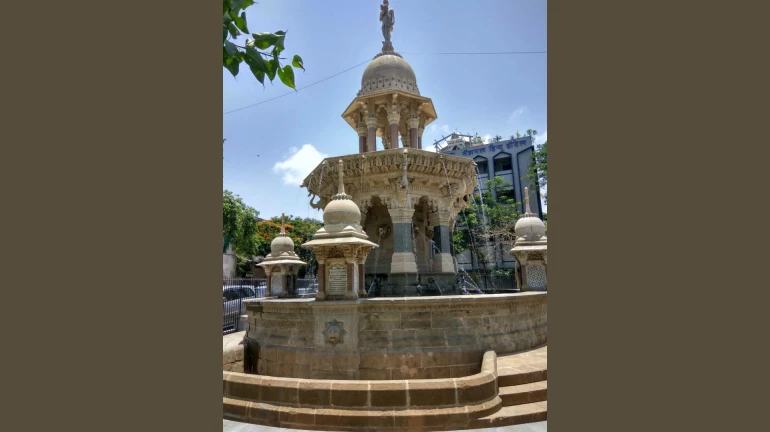
The Brihanmumbai Municipal Corporation (BMC) will restore 16 historic drinking water fountains, known as pyaus by next year. These fountains were built in the 19th and early 20th centuries when mumbai was developing as a trading hub. The merchants and philanthropists funded their construction as donations or to honour loved ones.
Pyaus were initially designed to dispense water continuously through spouts. Compared to modern filters with taps, they serve as water sources for people and animals. Many of these structures were located in popular gathering places like markets.
These fountains reflect Mumbai’s cultural and architectural heritage. Each pyau has a distinct style influenced by the materials of the region. Limestone, basalt, and malad were commonly used in their construction.
BMC began efforts to restore pyaus in 2018 after a heritage conservation firm proposed mapping 21 of them into a heritage circuit. Four pyaus inside Veermata Jijabai Bhosale Udyan, also known as Ranibaug, were restored and made functional as drinking water filters. Another pyau was renovated in Shivaji Park.
In the next phase, civic body plans to repair 16 more pyaus in locations like Hay Bunder, Dadar, and Sandhurst Road. Most of these pyaus are in South Mumbai, with only one located in the suburbs at Bandra. The restoration work will include QR codes inside the structures, allowing visitors to learn about their historical significance.
As per reports, the tenders for the project will be processed next year. The contractor selection process is expected to happen in a month. Construction is likely to begin before the year ends.
Additionally, BMC is working on a stand-alone project to restore a pyaus on Sandhurst Road. This structure was renovated in 2015–16 but became nonfunctional due to neglect. The restoration will include maintenance by the civic body to prevent further deterioration.
The decline of Mumbai’s pyaus began in the 1960s when the city introduced a metered water supply. This limited their constant water flow. The shift from horse-drawn carts to automobiles also reduced the demand for these fountains, as both humans and animals relied less on them.





